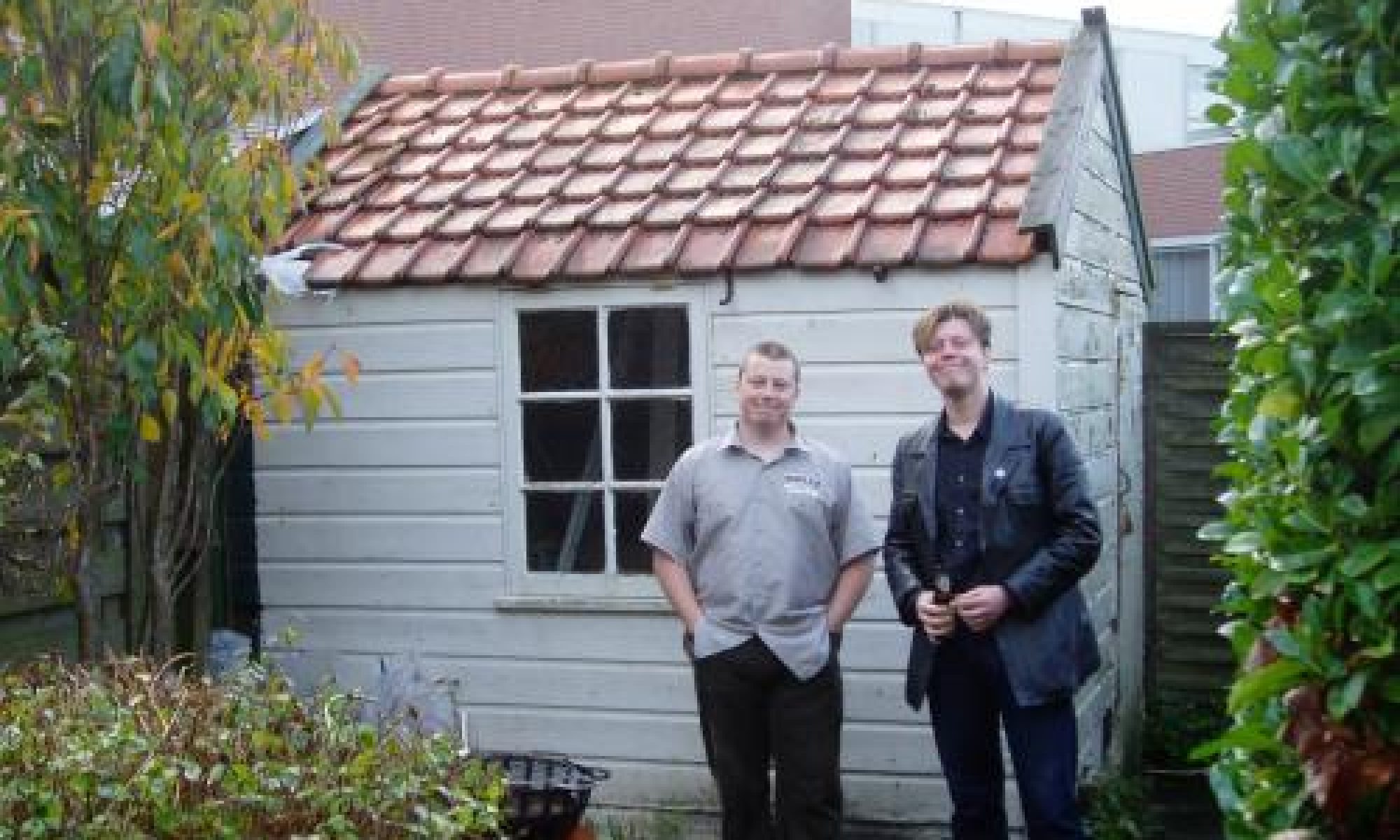“There’s been a lot written recently about the psychedelic folk music coming out of Finland. Well – relatively, at least. ”
“There’s been a lot written recently about the psychedelic folk music coming out of Finland. Well – relatively, at least. “

Shogun Kunitoki – Tasankokaiku
(Fonal)
There’s been a lot written recently about the psychedelic folk music coming out of Finland. Well – relatively, at least. And I guess you also need to know where to read about such music. I don’t think the NME have a special section devoted to it but other august publications have given much space to the phenomenon and particularly to the bands found on the Fonal record label. Shogun Kunitoki, whilst on said label, do not make anything remotely resembling folk music. Their debut album, Tasankokaiku, actually owes most of its debts to early 1970s minimalism.
The quartet use old analogue synths to create their music and with the exception of some drums (usually very muffled) these are the only sounds you’ll hear on Tasankokaiku. The album kicks off with their best track, Montezuma. The first keyboard sounds like a church organ. It plays and repeats a simple melody and is then augmented by some glistening synth washes. The track builds until the drums kick in and then it really rocks along until there is a pastoral hiatus for a minute or two. Then everything carries on as it did before – ecstatic, warm and life affirming. Given the fact that Montezuma resembles an example of early minimalism with some drums this statement might appear a little odd. But whilst the song is based around a series of repetitions the sound is not cold and mechanical: far from it. Equally, if the track resembles any of the minimalist pioneers then it is Terry Riley as opposed to the more austere Reich and Glass.
Leivonen is built up in much the same way as Montezuma. Though not built around a collection of samples the song reminds me of the way Four Tet structured the songs on Rounds. As with that album Tasankokaiku manages to find warmth in places that you might not expect it. Even the artwork to the album gives you a clue – a faux naïf painting of a ploughed winter field at sunset. Tropikin Kuuma Huuna strips the sound further back than on the two opening tracks. The basic keyboard stabs resemble a simple fairground melody until harp like synths add some depth to the sound. On this track you can hear how the simple refrains are carefully interlocked with each other and for once the sound resembles Reich, albeit with his percussion replaced by keyboards. It is actually the final track though that acts as a kind of ‘how to’ document. On Piste a very basic refrain is joined, ultimately, by four more similarly rudimentary refrains until a song develops. Once this has been established the song is played backwards.
Before the end there are a few other tracks (this is a short album of seven songs clocking in at just over thirty minutes) that work in similar ways but resemble more traditional rock songs. 1918-1926 and Daniel both put the drums higher up in the mix and sound a little more conventional for it. Finally, Tulevaisuus – Menneisyys = 1 mixes a series of simple tunes with some more primitive sounds and ends up as an alternative soundtrack for the bit where Bowman flies over the planet on 2001.
In my minds eye these synths are huge unwieldy things, housed in boxes covered with a cheap wooden veneer. Let’s hope so. Using old synths is, of course, nothing new. But despite the old sounds and the resemblance to early minimalism the overall sound is not tainted by nostalgia. Nor is it hampered by a fetishistic interest in the technology. It is simply a hugely engaging release from a very interesting record label indeed.
Words: Chris Dawson
